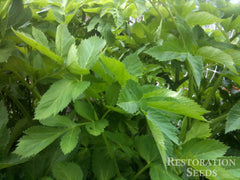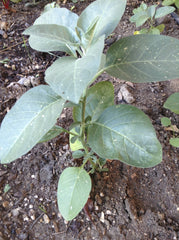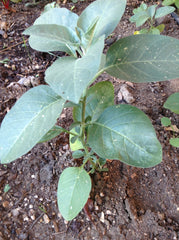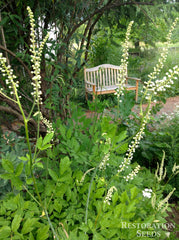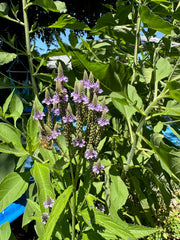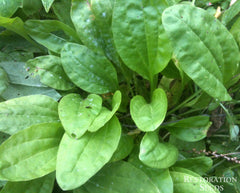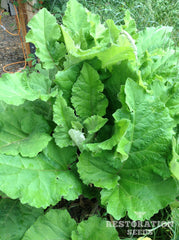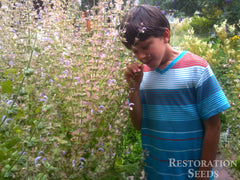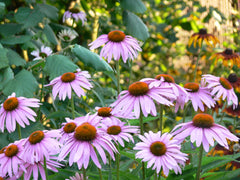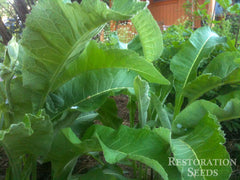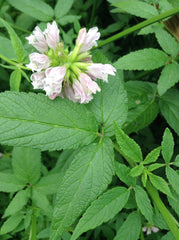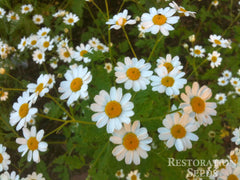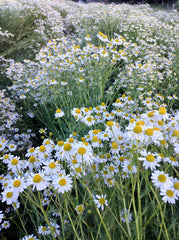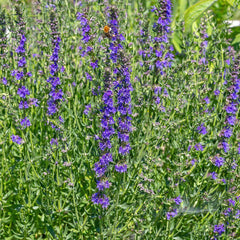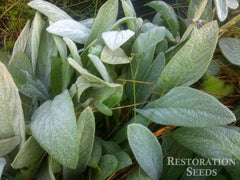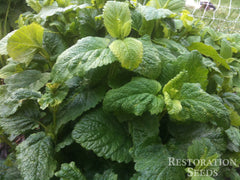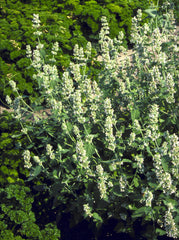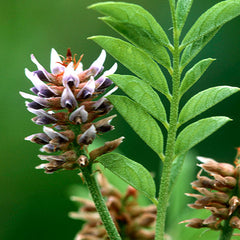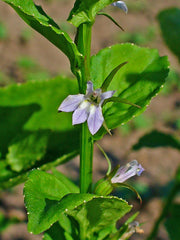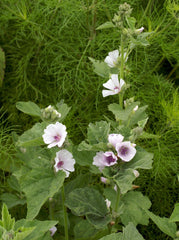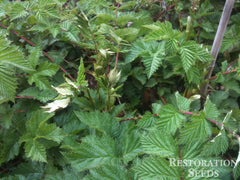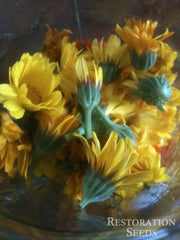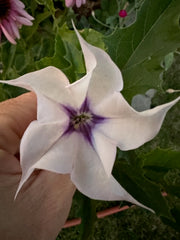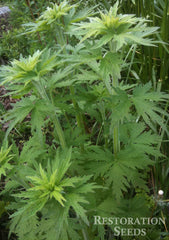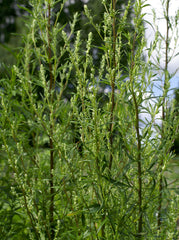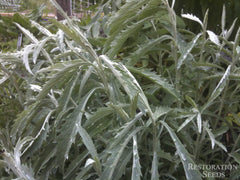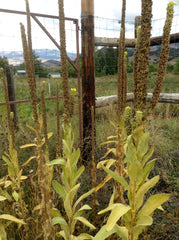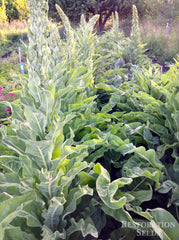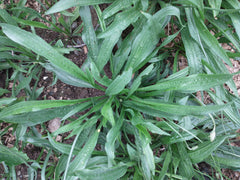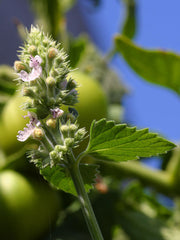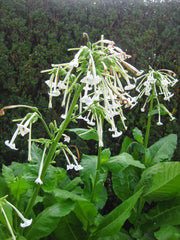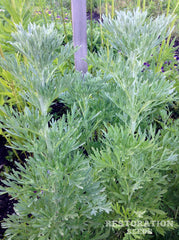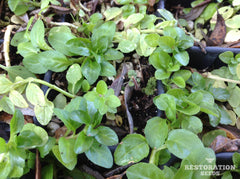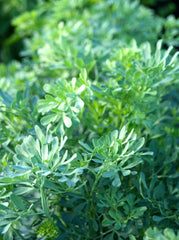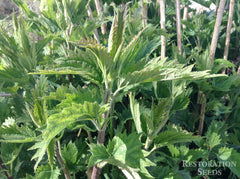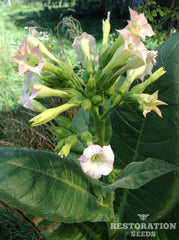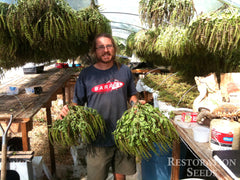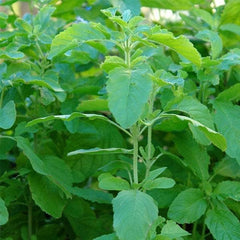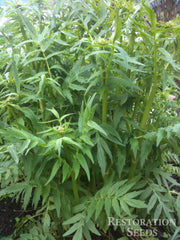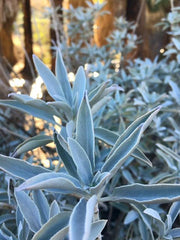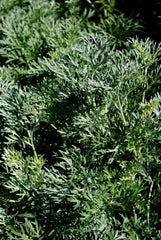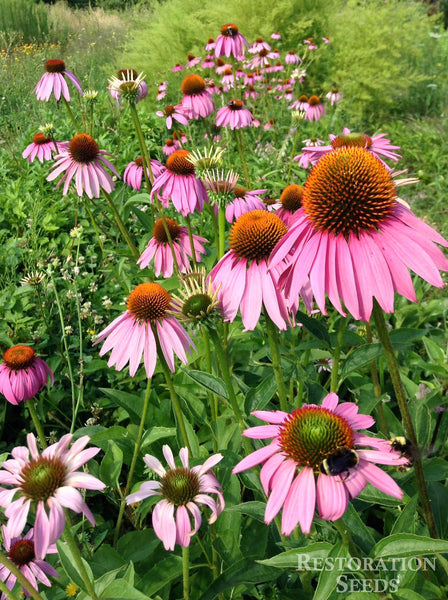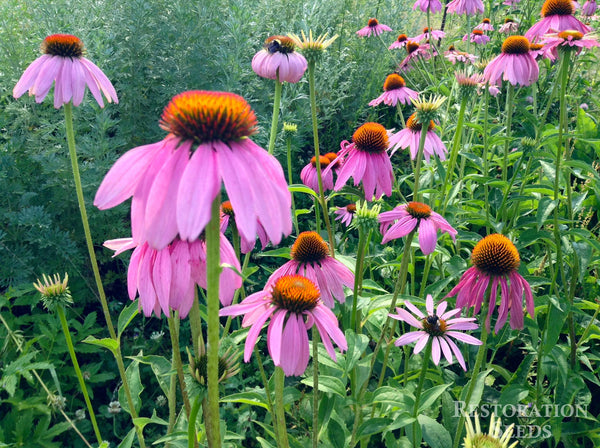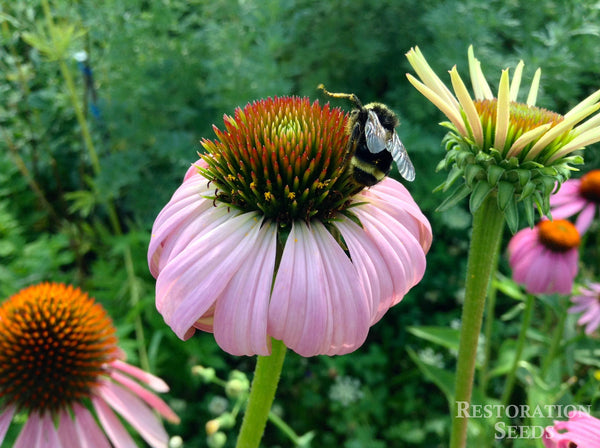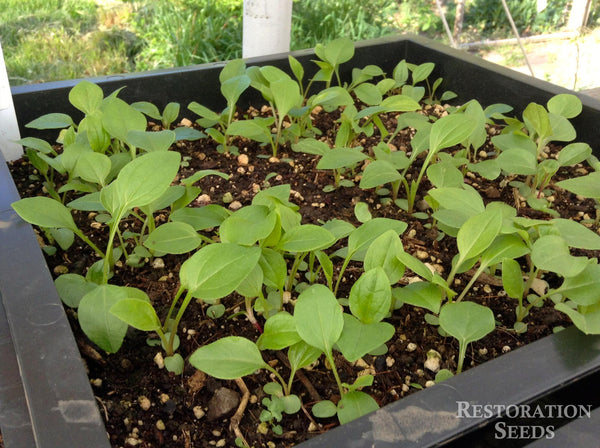echinacea purpurea
"Echinacea purpurea
HOW TO GROW ECHINACEA PURPUREA
Sow directly in the fall or indoors 8-10 weeks before last frost. Amend soil with limestone. Plant out directly or pot up once or twice enhances root development. Easiest propagation is by division. Clumps can be divided in spring or autumn. Pencil sized root cuttings will develop into when when started in late autumn or early winter, lay down lengthwise. Basal shoot cuttings may be rooted in the spring when treated with rooting hormone. Reduce weed competition to enhance root production for medicine. Read more about growing on our web site. If direct seeding, sow five times more seed than each plant needed in spring or autumn. If you want 10 plants you need 50 seeds. Controlling weeds is difficult with direct sowing because the plants are very small until well established and require hand weeding. Don’t fertilize until plants are established in mid-July to not stimulate weed growth. There are about 117,000 seeds per pound of Echinacea purpurea. You will need 30,000 to 40,000 plants per acre. Plants transplant well if watered-in with water transplanter or by hand. Once established, echinaceas thrive with little care, are drought tolerant and do not favor highly enriched soil. Good drainage is essential, will not tolerate wet soils. Per acre, 1,500 pounds of dry foliage the second and third year is a good crop and 1,200 pounds of roots is good at the end of the third year. About 1/2 pound of fresh root per dormant plant. Concentrate on growing strong Echinacea plants the first year. Harvest foliage “the herb’ the second and third growing season without hurting root production very much. Harvest and dehydrate root in the autumn of the third year. Harvest foliage like hay, cut, swath, sun dry and bale. For the highest quality herb cut and dehydrate it at 120˚F to 10 percent moisture content, then bale, put in burlap bag and sew shut. Roots maybe dug and harvested by hand, you may loose the bottom few inches. To harvest the most root, run a tractor pulled sub-soil knife with long bars behind it to raise the soil several inches and pop the roots up a bit, then dig with a modified field potato digger. Take to rotary washer, dry at 120˚F until less than 10 percent moisture. Put in burlap bag, weight and sew shut. If you hand dig a field, you may see 15-20 percent root grow-back the next spring. Soil pH 6.1-7.0. Hardiness zones 3-10. Perennial.
Days from maturity calculated from the date of seeding. Average 3,300 seeds per ounce Usual seed life: best fresh 1st year, but remains viable up to 7 years if refrigerated. Do not save first year seed, 2% germination rate. Good seed crops from second or third year seed, up to 100 pounds of seed per acre.
Planting Depth 1/4-1/2”
Soil Temp. Germ. 65-70˚F
Days to Germ. 10-21
Plant Spacing 20-24”
Row Spacing 24-36”
Days To Maturity 2-3 years
Part Shade, Moist Well Drained
Days from maturity calculated from the date of seeding. Average 3,300 seeds per ounce Usual seed life: best fresh 1st year, but remains viable up to 7 years if refrigerated. Do not save first year seed, 2% germination rate. Good seed crops from second or third year seed, up to 100 pounds of seed per acre.
Planting Depth 1/4-1/2”
Soil Temp. Germ. 65-70˚F
Days to Germ. 10-21
Plant Spacing 20-24”
Row Spacing 24-36”
Days To Maturity 2-3 years
Part Shade, Moist Well Drained
- 75 Seeds$4.10
- 750 Seeds$24.50
Echinacea purpurea is the easiest species to grow, and is most adaptable. By choosing to plant purpurea, one takes the pressure off wild populations of E. angustifolia and others. Medicinally, use the plant at the early stage of any infection, primarily for the prevention or treatment of cold and flu symptoms. Echin...
Echinacea purpurea is the easiest species to grow, and is most adaptable. By choosing to plant purpurea, one takes the pressure off wild populations of E. angustifolia and others. Medicinally, use the plant at the early stage of any infection, primarily for the prevention or treatment of cold and flu symptoms. Echinacea speeds the immune system response by up to 24 hours. Blood purifier. Long lasting for cut or dry flowers, sturdy and prolific, grows to 47” tall by 20” wide. Cone-shaped flower heads and drooping flower petals are usually light purple in the wild. Some flower debris is included with seed. Also known as eastern purple coneflower or purple coneflower. Tags: Color: Purple, Certification: Organic.
Native to eastern North America and present to some extent in the Midwest United States. Its habitats include dry open woods, prairies and barrens. Echinacea is a genus of nine plant species in the aster family native to North America. Echinacea species were used by native groups for medicinal purposes than any other plant. Today Echinacea is the best selling herb in health-food stores accounting for nearly 10 percent of total sales in the U.S.
Native to eastern North America and present to some extent in the Midwest United States. Its habitats include dry open woods, prairies and barrens. Echinacea is a genus of nine plant species in the aster family native to North America. Echinacea species were used by native groups for medicinal purposes than any other plant. Today Echinacea is the best selling herb in health-food stores accounting for nearly 10 percent of total sales in the U.S.
Learn More
Meet Your Farmer
We promote fair trade, organic practices and environmental responsibility throughout the Restoration Seeds supply chain. Below are the family farmers and seed suppliers who bring our open pollinated seeds to you.
White Dog Farm
Conventional
Seed grower since 2019


White Dog Farm is nestled in the Williams Valley and is home to Greg & Kate Stanko. We are stewards of a 5 acre farm shared by sheep, chickens, pigs and Puja, our LGD. Our passion is to nurture the earth, grow flowers and vegetables sustainably using organic practices. Correspond to whitedogfarm57@gmail.com
Reviews
